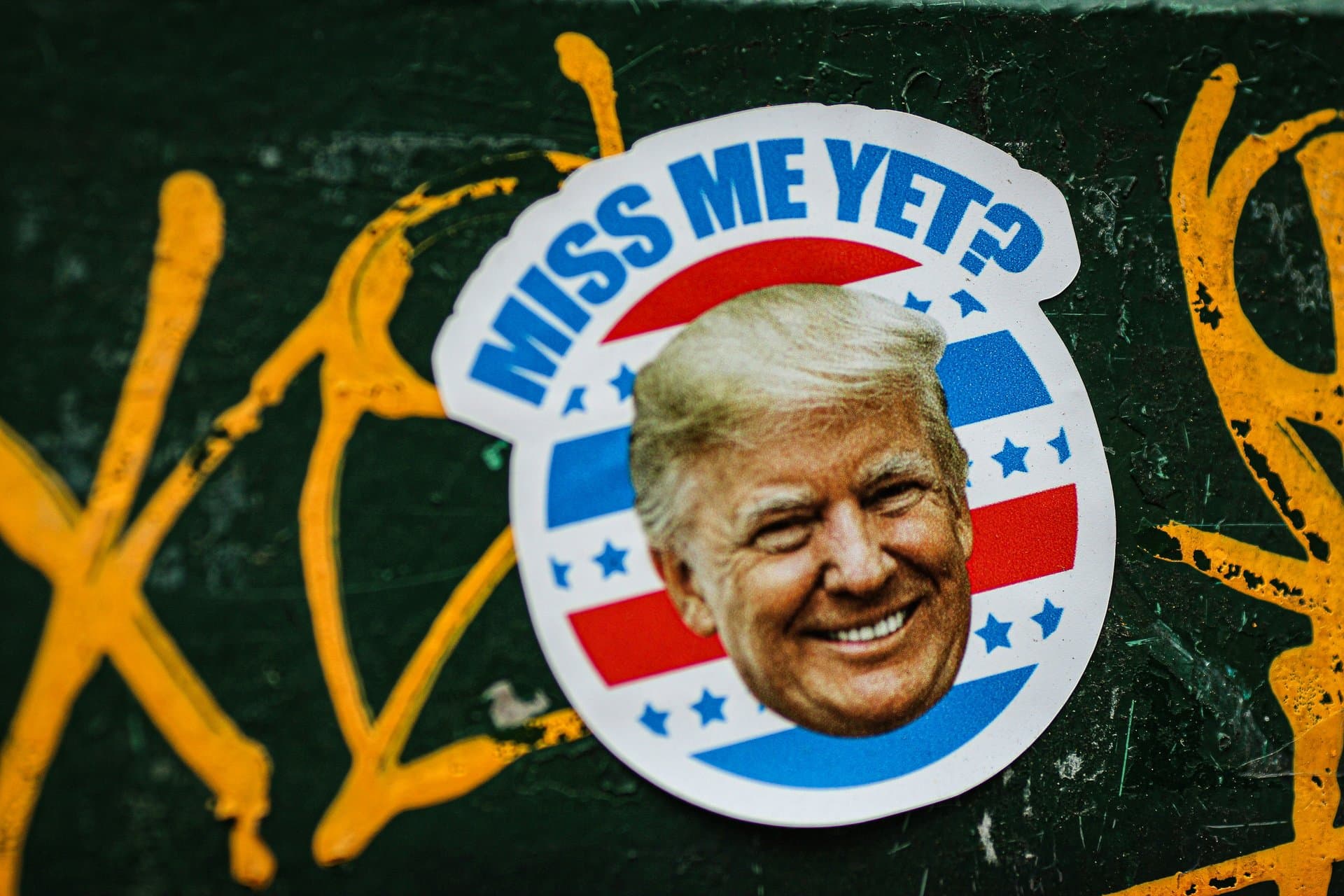Why the 2025 Government Shutdown Matters: Higher Stakes and Data Desert
Explore why the 2025 government shutdown carries unprecedented risks, how it creates a data desert for the Federal Reserve, and what this means for markets, workers, and everyday Americans.

Key Takeaways
- 2025 shutdown risk is higher due to political gridlock and fiscal pressures
- Shutdown triggers furloughs and possible layoffs under Antideficiency Act
- Economic data releases halt, creating a 'data desert' for markets and Fed
- Fed faces 'flying blind' scenario without fresh jobs and inflation data
- Shutdown disrupts government services, contractors, and public trust

It’s been nearly seven years since the last U.S. government shutdown, but the looming deadline on September 30, 2025, signals a very different story. Political deadlock between Republicans and Democrats, combined with rising fiscal pressures, sets the stage for a shutdown with far-reaching consequences. Unlike past shutdowns that markets shrugged off, this one threatens to plunge the economy into a 'data desert,' leaving the Federal Reserve to steer monetary policy without its usual compass.
The stakes are higher than ever. Federal agencies face furloughs and potential layoffs, while critical economic data like jobs reports and inflation indexes risk delay or cancellation. This blackout of information could unsettle markets and complicate policy decisions at a precarious economic moment.
In this article, we unpack why the 2025 government shutdown matters, how it disrupts government operations and data flows, and what it means for workers, investors, and everyday Americans alike.
Navigating Political Deadlock
Imagine a tug-of-war where neither side lets go. That’s the current state of federal funding talks as September 30, 2025, approaches. Both the House and Senate have stalled, with a continuing resolution to extend funding rejected by the Senate. The President’s cancellation of bipartisan meetings adds fuel to the fire.
This deadlock isn’t just political theater; it’s the prelude to a shutdown that looks all but certain. Unlike past brinkmanship that ended with last-minute deals, this time the stakes feel heavier. The polarized landscape means compromises are harder, and the usual safety nets might not hold.
For everyday Americans, this gridlock translates into uncertainty. Will government services pause? Will workers lose pay? The answers hang in the balance as the clock ticks down to midnight on September 30.
Understanding Shutdown Mechanics
The Antideficiency Act is the shutdown’s legal backbone. It forbids federal agencies from spending money without approved budgets. When funding expires, agencies must halt operations unless they protect life or property.
This means hundreds of thousands of federal employees face furloughs—temporary unpaid leave with promised back pay. But there’s a twist: some agencies are preparing reduction in force plans, hinting at permanent layoffs beyond furloughs. Though leaders urge calm, the threat lingers.
Services from national parks to regulatory approvals grind to a halt. Contractors and grant recipients, vital cogs in the government machine, face payment delays. The shutdown’s ripple effects reach far beyond Washington, touching communities and businesses nationwide.
Facing the Data Desert
Picture a desert where data is the scarce water. That’s the shutdown’s impact on economic information. Agencies like the Bureau of Labor Statistics and Census Bureau halt their work, delaying or canceling key reports on jobs, inflation, and production.
Without these reports, businesses lose their economic compass. Investors face heightened volatility, guessing at the economy’s true health. Policymakers, especially the Federal Reserve, must make decisions in a fog of uncertainty.
This data desert isn’t just inconvenient; it’s dangerous. Without fresh numbers, the Fed risks misreading economic signals, potentially misstepping on interest rates or stimulus. The usual roadmap disappears, replaced by guesswork.
The Fed Flying Blind
The Federal Reserve thrives on data. It’s the Fed’s GPS for setting interest rates and guiding monetary policy. But a shutdown cuts off that GPS, forcing the Fed to operate 'flying blind.'
Nomura analysts describe this as navigating a 'data desert,' where the Fed lacks fresh jobs and inflation reports ahead of critical meetings. This absence raises the risk of policy errors at a delicate economic moment.
Interestingly, the lack of data might also anchor the Fed to its existing projections, reducing short-term uncertainty. But when data returns, markets will listen closely, ready for surprises or relief. The Fed’s blindfolded dance underscores how intertwined government data and economic stability truly are.
Higher Stakes for Workers and Economy
This shutdown isn’t just a political game; it’s a real threat to livelihoods. Federal workers face furloughs and possible layoffs, a shift from past shutdowns where back pay was a given. The White House’s memo about mass firings in non-priority programs signals a tougher stance.
Contractors and grant recipients, often overlooked, stand on shaky ground. Their payments depend on federal funding, and delays ripple through the economy. Public services, from scientific research to regulatory approvals, stall, affecting innovation and safety.
The shutdown’s broader impact erodes public trust and shakes confidence in government’s ability to function. It’s a reminder that political impasses have human and economic costs that extend far beyond Capitol Hill.
Long Story Short
The 2025 government shutdown is no ordinary political standoff. It threatens to halt vital government functions, furlough hundreds of thousands of workers, and create a data blackout that leaves the Federal Reserve flying blind. This combination of factors raises the stakes for the economy and financial markets in ways unseen in recent memory. Preparing for this reality means understanding the risks: delayed economic data, disrupted services, and heightened uncertainty. For workers and contractors, the shutdown’s impact extends beyond lost paychecks to potential layoffs. For policymakers and investors, the absence of fresh data complicates decision-making and heightens market volatility. While the shutdown’s resolution remains uncertain, its potential fallout underscores the importance of contingency planning and cautious optimism. When the data spigot finally reopens, the collective sigh of relief will be a reminder of how much we rely on the steady flow of government information to navigate economic waters.